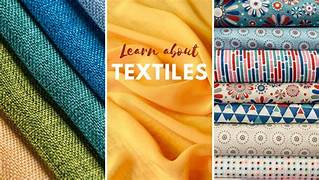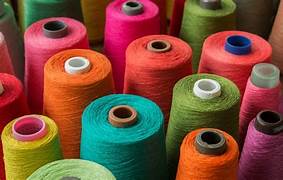Circular fashion is an emerging movement that aims to create a sustainable and waste-free fashion industry by designing, producing, and consuming clothing in a way that minimizes environmental impact. Unlike the traditional linear fashion model—where clothes are produced, worn, and discarded—circular fashion focuses on recycling, reusing, and regenerating materials to extend the lifecycle of garments.
1. Principles of Circular Fashion
The circular fashion model is based on the following key principles:
• Design for Longevity: Creating high-quality, durable garments that last longer and withstand multiple uses.
• Use of Recyclable and Biodegradable Materials: Employing fabrics that can be easily recycled, upcycled, or composted, such as organic cotton, hemp, and bio-based synthetics.
• Closed-Loop Recycling: Transforming old garments into new textiles without generating waste or pollution.
• Ethical Production & Fair Trade: Ensuring fair wages, safe working conditions, and sustainable supply chains.
• Minimal Waste Strategies: Reducing fabric waste through zero-waste pattern cutting, digital printing, and efficient production processes.




